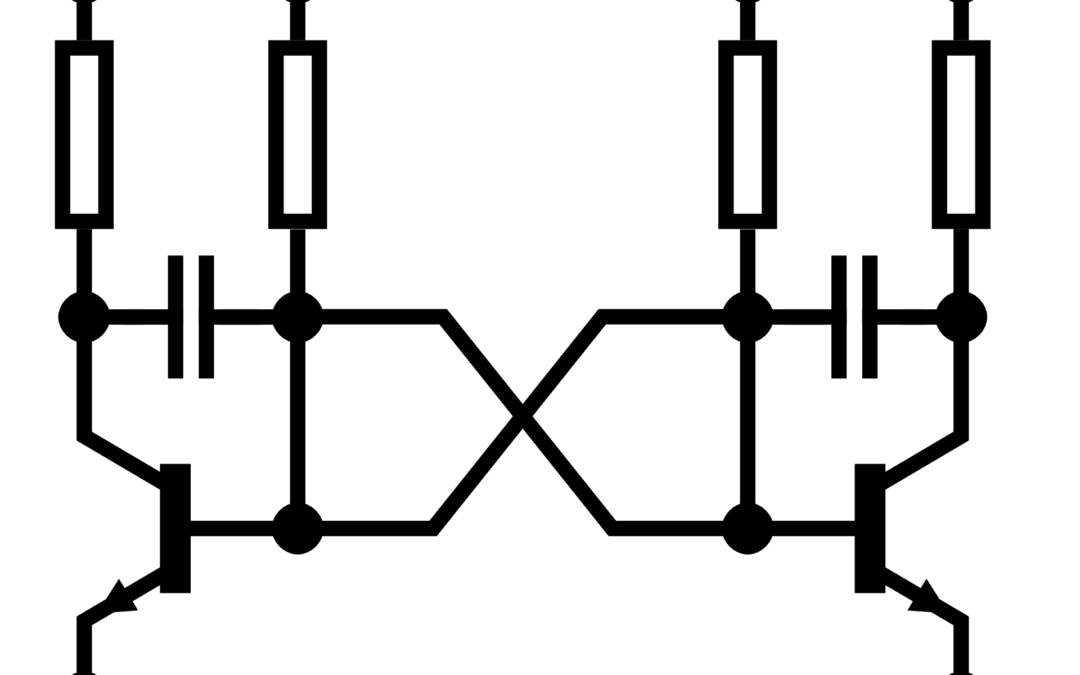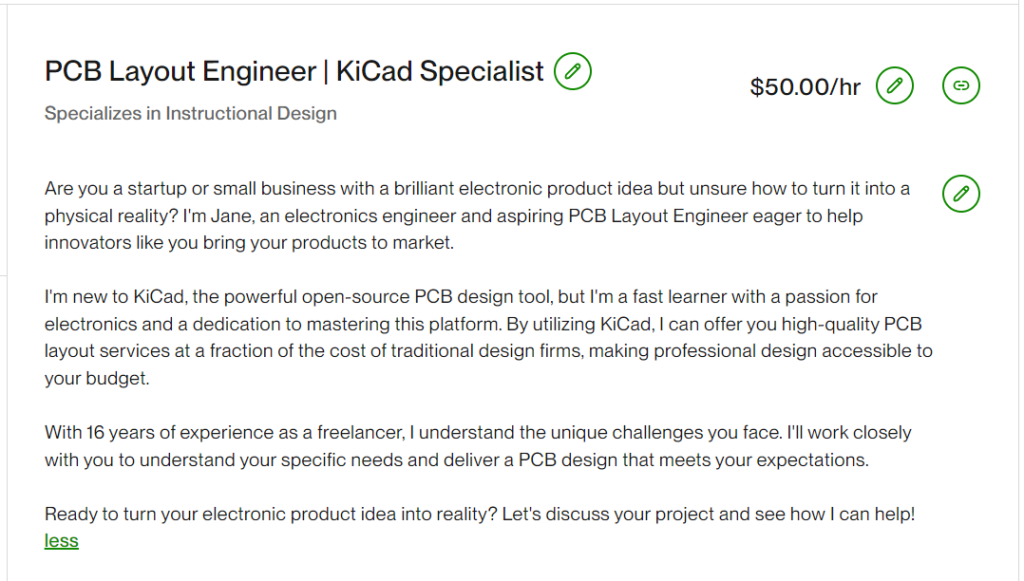
6 Reasons Why Graphic Design Is Important
In today’s digital world, where attention spans are shorter than ever, understanding why graphic design is important is crucial for anyone looking to make a lasting impression. With millions of websites and blogs vying for eyeballs, it’s easy for your message to get lost in the shuffle. But what if there was a secret weapon that could elevate your brand, captivate your audience, and drive real results?
That secret weapon is graphic design.
It’s more than just making things look pretty – it’s a strategic communication tool that speaks volumes about your professionalism, credibility, and attention to detail. From eye-catching visuals that stop scrollers in their tracks to informative graphics that make complex ideas easy to understand, graphic design is the key to unlocking your online potential.
This in-depth guide will reveal the six game-changing reasons why graphic design is essential for your blog or business and how it can transform your online presence.
The Irrefutable Impact of Visuals
- 94% of first impressions are design-related. Your visuals are the first handshake with potential customers or readers.
- The human brain processes images 60,000 times faster than text. Visuals cut through the clutter and communicate your message instantly.
- Content with relevant images gets 94% more views than content without relevant images.
- Strong branding, built through consistent visuals, can increase revenue by 23%.
- Optimized images improve your website’s search engine ranking, leading to increased traffic and better visibility.
Transform Your Online Presence
Imagine your blog posts becoming magnets for readers, drawing them in with eye-catching visuals and keeping them engaged with informative graphics. Picture your brand becoming instantly recognizable, thanks to a cohesive visual style that builds trust and loyalty.
By investing in graphic design, you’re investing in:
- Captivating your audience.
- Communicating your message with clarity and impact.
- Connecting with your audience on a deeper level.
- Converting visitors into loyal followers and paying customers.
Seize the Visual Advantage
Your competitors are already leveraging the power of graphic design to elevate their brands and capture their target audiences. Don’t get left behind. Seize the visual advantage and watch your blog or business soar to new heights.
Why Graphic Design Is Important: 6 Game-Changing Reasons
- First Impressions That Wow: A well-designed website or blog instantly signals professionalism and credibility, encouraging visitors to explore further.
- Communication That Connects: Compelling graphics simplify complex ideas, making your message more accessible and memorable.
- User Experience That Delights: Intuitive navigation, clear layouts, and visually appealing elements keep visitors engaged and coming back for more.
- Social Sharing That Amplifies: Eye-catching visuals are more likely to be shared on social media, expanding your reach and driving more traffic to your site.
- Brand Recognition That Builds Trust: A cohesive visual style across your platforms creates a strong brand identity, fostering trust and loyalty among your audience.
- SEO That Boosts Visibility: Optimized images with relevant keywords and descriptions improve your website’s search engine ranking, ensuring your content reaches a wider audience.
The Power of Visuals Awaits
Graphic design is more than just an aesthetic enhancement; it’s a strategic investment that empowers you to connect with your audience, elevate your brand, and achieve your online goals.
Don’t wait another day to unlock the potential of visuals. Invest in graphic design today and watch your blog or business flourish in the digital landscape.
Take the next step and explore design tools like ClickDesigns (click here) to create stunning visuals that will set your blog or business apart. Remember, graphic design is more than just decoration in the digital landscape—it’s a powerful tool for communication, engagement, and success.
In today’s digital world, where attention spans are shorter than ever, understanding why graphic design is important is crucial for any business looking to make a lasting impression. With countless brands vying for consumer attention, it’s easy for your message to get lost in the shuffle. But what if there was a secret weapon that could elevate your brand, captivate your audience, and drive real results?
Unlocking Business Potential: The Power of Visual Communication
Graphic design isn’t just about making things look pretty; it’s a powerful tool that can transform your brand, captivate your audience, and drive business growth.
What is graphic design, exactly?
In essence, graphic design is the art of visual communication. It’s about using images, typography, and layout to convey ideas and messages effectively. From logos and websites to marketing materials and social media graphics, graphic design is everywhere in the business world.
But why is graphic design so important?
It boils down to its ability to communicate quickly and effectively, leaving a lasting impression on your audience. In a world saturated with information, visuals cut through the noise and help you connect with your customers on a deeper level. It’s about answering the question “why does graphic design matter” with tangible results.
The Multifaceted Impact of Graphic Design on Business Growth
Investing in graphic design can have a profound impact on your business growth in several key areas:
Forging a Memorable Brand Identity: The Importance of Graphic Design in Branding
A well-designed logo serves as the visual cornerstone of your brand identity. It’s the representation of your business, encapsulating your values and mission. Think of iconic brands like Apple or Nike; their logos are instantly recognizable and evoke a sense of trust and quality. That’s the importance of graphic design in business.
Consistent use of colors, fonts, and imagery across all your marketing materials further strengthens your brand identity. This cohesive visual language creates a sense of familiarity and professionalism, helping your business stand out in the competitive Philippine market. It showcases the graphic design importance in business.
Communicating with Clarity and Impact: The Role of Graphic Design in Digital Marketing
Visuals are processed faster than text, making graphic design a powerful tool for conveying your message quickly and clearly. A well-designed infographic, for example, can distill complex information into easily digestible visuals, making it more accessible and engaging for your audience. This highlights the crucial role of graphic design in digital marketing.
In a world where attention spans are shrinking, graphic design helps you capture and hold your audience’s interest, ensuring your message is not only seen but also understood.
Attracting and Engaging Customers: The Advantages of Graphic Design in Marketing
Eye-catching visuals are essential for grabbing attention in today’s fast-paced digital landscape. Whether it’s a stunning social media graphic, a beautifully designed website, or an attention-grabbing advertisement, graphic design helps you entice potential customers and make a memorable first impression.
By strategically using visuals, you can create marketing materials that resonate with your target audience, evoke emotions, and inspire action. This demonstrates the undeniable importance of graphic design in marketing.
Enhancing Professionalism and Credibility: Why Graphic Design is Important for Any Business
A polished and professional visual presence builds trust and credibility with your customers. It conveys that you take your business seriously and are committed to quality.
Personal relationships and trust play a significant role in business dealings, projecting a professional image through graphic design is paramount. This underscores why graphic design is important for any business, regardless of size or industry.
Addressing the Concerns: Is Graphic Design Truly Worth the Investment?
As a business owner, we understand that you might be concerned about the cost of investing in professional graphic design. However, it’s important to view graphic design not as an expense but as a valuable investment in your business’s future. It’s about understanding why is graphic design important for business growth and longevity.
Perhaps you’re wondering, “Is graphic design worth it for my small business?” or “How can graphic design help me attract more customers?” These are valid questions, and the answer lies in recognizing the tangible benefits that graphic design brings to the table.
The benefits of graphic design far outweigh the costs:
- Increased brand awareness and recognition
- Improved customer engagement and loyalty
- Higher conversion rates and sales
- Enhanced professionalism and credibility
- A competitive edge in the market
These benefits directly address the pain points many business owners face, such as struggling to stand out in a crowded market, attracting and retaining customers, and building a strong brand identity. By investing in graphic design, you’re investing in solutions to these challenges and paving the way for sustainable growth.
If you’re on a tight budget, there are still ways to leverage the power of graphic design. You can explore affordable options like:
- DIY graphic design tools: User-friendly platforms like ClickDesigns empower you to create professional-looking visuals even without design experience.
- Freelance designers: Collaborate with talented freelance designers who offer competitive rates.
- Barter or trade services: Exchange your skills or services with a graphic designer to get the visuals you need.
Remember, even a small investment in graphic design can yield significant returns for your business. It is definitely worth it!
Why Graphic Design Is Important: 6 Game-Changing Reasons
- First Impressions That Wow: A well-designed website or blog instantly signals professionalism and credibility, encouraging visitors to explore further. (Source: Adobe)
- Communication That Connects: Compelling graphics simplify complex ideas, making your message more accessible and memorable. (Source: HubSpot)
- User Experience That Delights: Intuitive navigation, clear layouts, and visually appealing elements keep visitors engaged and coming back for more. (Source: Nielsen Norman Group)
- Social Sharing That Amplifies: Eye-catching visuals are more likely to be shared on social media, expanding your reach and driving more traffic to your site. (Source: Buffer)
- Brand Recognition That Builds Trust: A cohesive visual style across your platforms creates a strong brand identity, fostering trust and loyalty among your audience. (Source: Lucidpress)
- SEO That Boosts Visibility: Optimized images with relevant keywords and descriptions improve your website’s search engine ranking, ensuring your content reaches a wider audience. (Source: Moz)
Empowering Women Entrepreneurs: Embrace Your Creativity with ClickDesigns
Whether you’re a seasoned designer or just starting, ClickDesigns provides an intuitive and affordable solution for creating stunning visuals that elevate your brand.
With its vast library of templates, easy-to-use drag-and-drop editor, and powerful features, ClickDesigns makes it simple to craft professional-looking graphics for your website, social media, marketing materials, and more.
No more relying on expensive designers or struggling with complicated software. With ClickDesigns, you have the power to create captivating visuals that capture your brand’s essence and resonate with your audience.
Embrace the Power of Visual Communication
Graphic design is not just a luxury; it’s a necessity for businesses that want to thrive. By investing in graphic design or utilizing user-friendly tools like ClickDesigns, you can create a visually stunning brand that attracts, engages, and converts your ideal customers.
Remember, the success of your business depends on your ability to communicate effectively and make a lasting impression. Graphic design is the key to unlocking that potential and achieving your entrepreneurial dreams.
Ready to improve your brand with the power of graphic design? Explore ClickDesigns : CLICK HERE
Remember, every successful journey begins with a single step. Take that step today and invest in the visual language that will transform your business.









